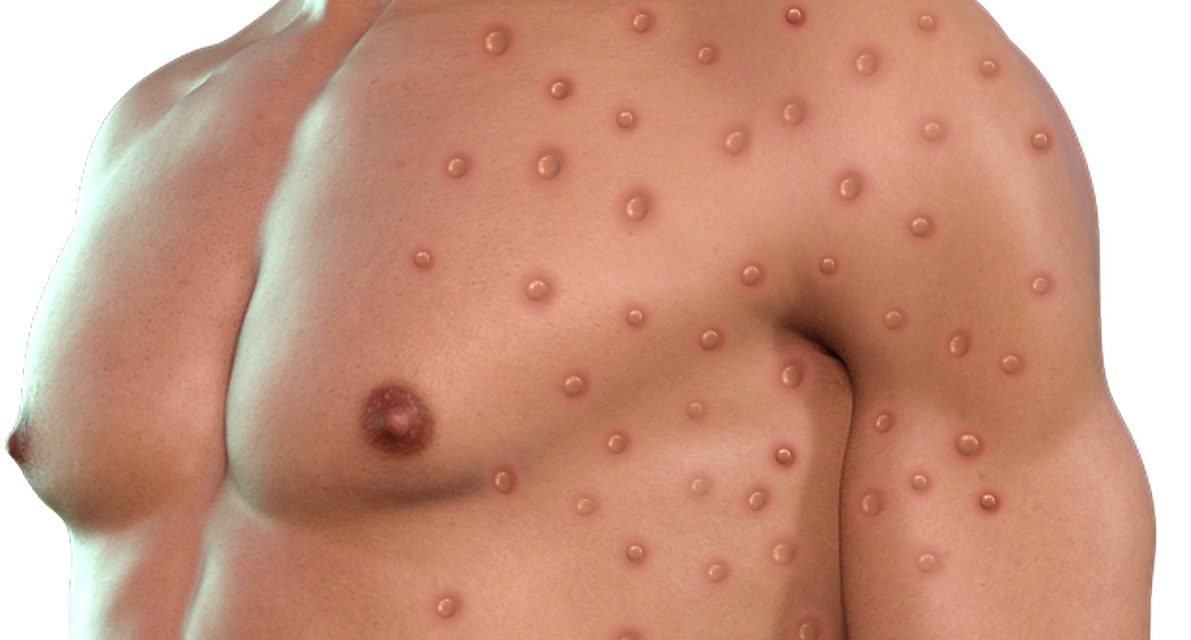 College students have already been through the highs and lows of one outbreak on campus: COVID-19. But will they be dealing with another — the monkeypox outbreak 2022 — this fall?
College students have already been through the highs and lows of one outbreak on campus: COVID-19. But will they be dealing with another — the monkeypox outbreak 2022 — this fall?
With university and college students preparing for the fall semester, five campuses already confirmed monkeypox cases this summer: Georgetown University and George Washington University in Washington, D.C.; the University of Texas at Austin; and Bucknell and West Chester universities in Pennsylvania.
As of September 2022, more than 53,027 monkeypox virus infections and 15 deaths have been reported in 100 countries. The World Health Organization declared the monkeypox viral outbreak a public health emergency of international concern in June. In August, the United States also declared monkeypox a public health emergency. The Centers for Disease Control and Prevention (CDC) is tracking the outbreak across several countries that don’t normally report monkeypox, including the United States.
Monkeypox case counts appear to be slowing down in the U.S., which has the highest number of known cases globally, according to a report. “We’ve started to see globally that we might be turning the corner,” Rochelle Walensky, MD, the CDC director, told the Wall Street Journal.
If your student is nervous about monkeypox, Global Rescue medical experts provide health and safety advice — and recommend a travel protection membership for college students away from home.
Monkeypox is a rare disease caused by infection with the monkeypox virus. It was first described in humans in 1970 in the Democratic Republic of Congo (formerly Zaire). It was rarely spread outside of Africa, but “has circulated for decades in regions where it has traditionally been endemic,” according to The New England Journal of Medicine.
According to the CDC, symptoms of monkeypox can include fever, headache, muscle aches, backache, swollen lymph nodes, chills, respiratory symptoms, a rash that can look like pimples or blisters that appears on the face, inside the mouth and on other parts of the body, like the hands, feet, chest, genitals or anus.
The rash goes through different stages over two to four weeks before healing completely. Sometimes, people get a rash first, followed by other symptoms. Others only experience a rash.
Monkeypox doesn’t spread through the air, like COVID-19. It spreads through close, personal, often skin-to-skin contact. Sexual activity still appears to be the primary driver of the outbreak, although it still isn’t clear whether it is tied to skin-to-skin contact or if bodily fluids are playing a major role.
The CDC notes monkeypox can also spread by touching objects, fabrics (clothing, bedding or towels) and surfaces used by someone with monkeypox — adding to college campus concerns. It’s not unusual for college students to hang out in each other’s dorm rooms, which might include sitting on someone else’s bedsheets, comforters or pillows, or using a roommate’s towel out of convenience. But this is not the major transmission route and is less frequent than the predominant mode of sexual transmission.
It does have college campuses concerned.
“Some of our students aren’t the best housekeepers, how often are bedsheets changed and things like that,” said Tanya Tatum, director of student health services at Florida A&M. “So, there is some concern.”
More than 99% of people who get infected with the type of monkeypox virus identified in this outbreak — the West African type — are likely to survive. However, people with weakened immune systems, children under 8 years of age and people with a history of eczema may be more likely to get seriously ill or die. The Congo Basin type of monkeypox virus has a fatality rate of around 10%, according to the CDC.
The CDC recommends vaccination for people who have been exposed to monkeypox or who are at higher risk of being exposed to the disease, such as males engaged in non-monogamous homosexual activity who represent the majority of the cases reported.
Written by: Dr Michael Lovely
Dr Michael Lovely is a physician and a medical operations supervisor at Global Rescue, the leading provider of medical, security, evacuation and travel risk management services. He is certified in Advanced Cardiovascular Life Support, Basic Life Support, and Advanced Trauma Life Support.




















